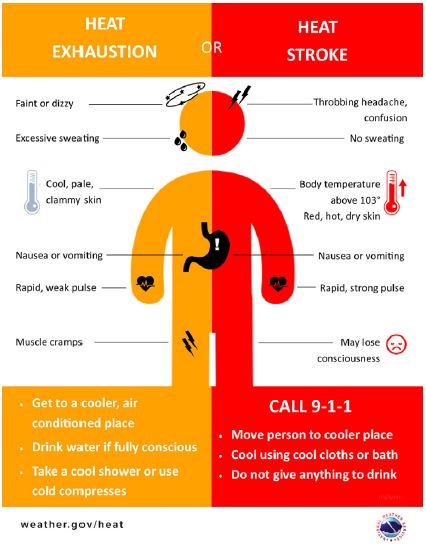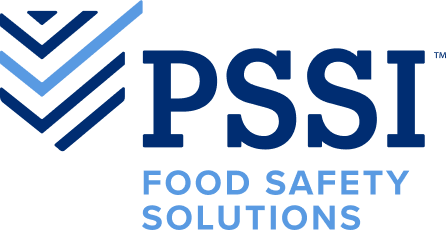Food processing workers are at a higher risk for exposure to heat stress. Excessive heat can lead to poor memory, loss of concentration, and difficulty following instructions, which can cause injuries. Injuries or illnesses suffered on the job can lead to financial loss due to lost production and workers compensation. More importantly, head-related illness can result in several complications for your team member’s health.
There is no escaping summer heat, but you can prepare your teams by understanding the signs and risks of heat-related illnesses. Employees at food processing plants face a variety of heat-related illnesses. Employees at food processing plants face a variety of heat-related hazards on the job due to facilities often being hot and humid. Workers perform physical labor in extreme heat while manufacturing or processing food products, especially when working with chemicals. Appropriate PPE must be worn when working with chemicals, and that can include overalls, aprons, footwear, gloves, safety goggles, face shields, and masks. Workers are at an increased risk of heat stress from personal protective equipment (PPE). Working in these hot environments and wearing PPE can cause sweaty palms, dehydration, fogged-up safety goggles, and limited air exposure that create an even higher risk for injury.
An added risk this year is face masks. Following CDC recommendation and proper PPE requirements, the frequent use of face masks can trap heat and cause greater humidity. With a mask covering your mouth, you are working harder to exhale air and can overheat easier. Sweat and heat trapped in your mask can cause wetness, which can affect your breathing and become harmful to your health.
“It is important to have a couple back up masks on hand to change throughout the day when they get wet from humidity and sweat,” says Todd Mitchell, Vice President of Safety.
It is important to communicate with your teams around proper safety measures and warnings to look for heat exhaustion or stroke. Here are some signs to watch for and tips to help reduce heat-related incidents.
FOOD PROCESSING WORKERS ARE AT A HIGHER RISK FOR EXPOSURE TO HEAT STRESS. THERE IS NO ESCAPING SUMMER HEAT, BUT YOU CAN PREPARE YOUR TEAMS BY UNDERSTANDING THE SIGNS AND RISKS OF HEAT-RELATED ILLNESSES.

Heat exhaustion vs. heat stroke
Heat exhaustion — cool, moist skin, heavy sweating, headache, nausea or vomiting, dizziness, lightheadedness, weakness, thirst, irritability, and fast heartbeat.
Heat stroke — confusion, fainting, seizures, excessive sweating or red, hot, dry skin. Very high body temperature.
Heat illness prevention tips:
- Drink plenty of fluids.
- Take frequent breaks to hydrate and get into cooler areas.
- Look at choice of clothing. Cotton tends to be hot.
- Ensure proper ventilation with air conditioning, fans, and dehumidifiers.
- Know your bodies cooling points, such as neck and wrists.
- Be alert to signs of heat-related illness.
With the increasing demand in the food industry, employees are continuing to work at a fast pace that must be maintained even in hot conditions. Heat-related illness is preventable with taking extra precaution and understanding the signs and symptoms.
